 I walked past a stand at my local supermarket, and the ‘natural’ look of it made me stop and check out the products: Aeroguard’s range of insect killers. On the front, I noticed the wording “100% Plant Based Active Ingredient”. Then I noticed that this ingredient accounts for 3% (3.0g/L), so 0.3% of the total formula.
I walked past a stand at my local supermarket, and the ‘natural’ look of it made me stop and check out the products: Aeroguard’s range of insect killers. On the front, I noticed the wording “100% Plant Based Active Ingredient”. Then I noticed that this ingredient accounts for 3% (3.0g/L), so 0.3% of the total formula.
I flipped it over to see exactly what was inside. It said: only the ingredients you need; for more information visit www.aeroguard.com.au
That was my first flag. Why not tell us on the label what is inside?
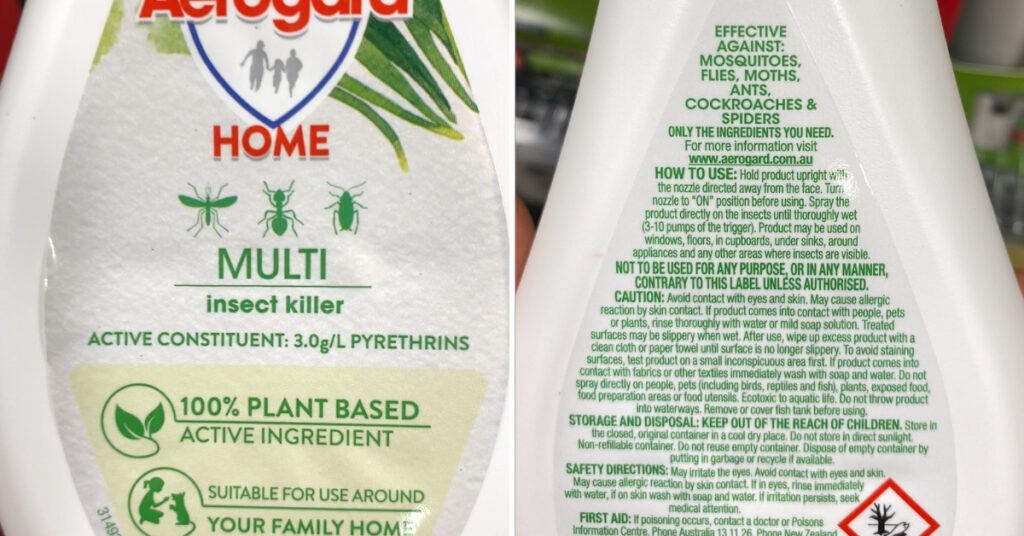
So. I jumped online and this is what I found.
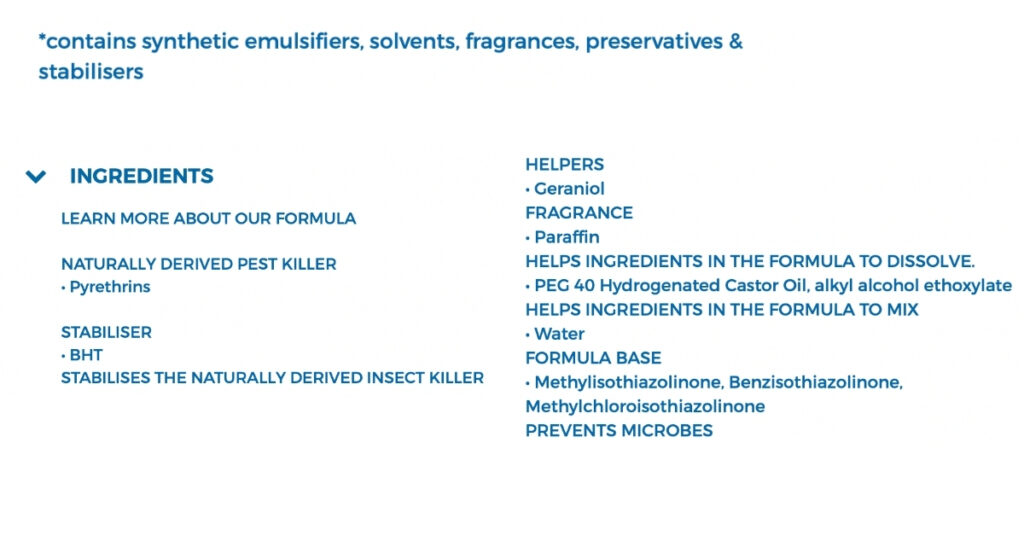
Let me break down my observations based on my research and knowledge:
〉BHT, also known as butylated hydroxytoluene – EWG.org states that it causes moderate irritation of eyes skin and lungs (read more) and this study, which compares BHT, BHA and Vitamin E, states that although concentrations in food, drugs and cosmetics are probably harmless, specific toxic effects to the lungs have only been observed with BHT, and BHT induces liver tumours in long-term experiments.
〉Geraniol as fragrance – this is naturally occurring and found in plants like Neroli and Geranium, however, I do wonder if it is synthetically produced. I believe it is used for its insect-deterring properties.
〉Parrafin – petroleum-based.
〉Peg-40 – made by combining castor oil with ethylene oxide (highly toxic, known carcinogen; concerns over contamination within the ingredient).
〉Alkyl alcohol ethoxylate – impurity concerns with this synthetically produced ingredient and among other issues, is believed to be toxic to aquatics (you’ll note the ‘environmentally hazardous’ image on the bottle). Read more.
〉Methylisothiazolinone, benzisothiazolinone and methylchloroisothiazolinone – these preservatives have some heavy use restrictions and been associated with lung toxicity, skin allergies and toxicity to wildlife.
I talk more about some of these ingredients on my list of questionable ingredients, here.
If you want to use this product, please do so – at least you’re somewhat informed of some potential risks. Me? I wouldn’t touch it. I wouldn’t spray it around my home. I wouldn’t allow it to spread over anything my family, or my pets, walked on, sat on, ate, drank or touched.
I wish all manufacturers (cleaning and home care) were required to fully disclose their ingredients at the point of sale, like cosmetic manufacturers are. That would allow us all to make our own conscious, and informed, decisions when shopping.
You can join over 12,000 other people who are passionate about these laws changing, and sign my petition here.

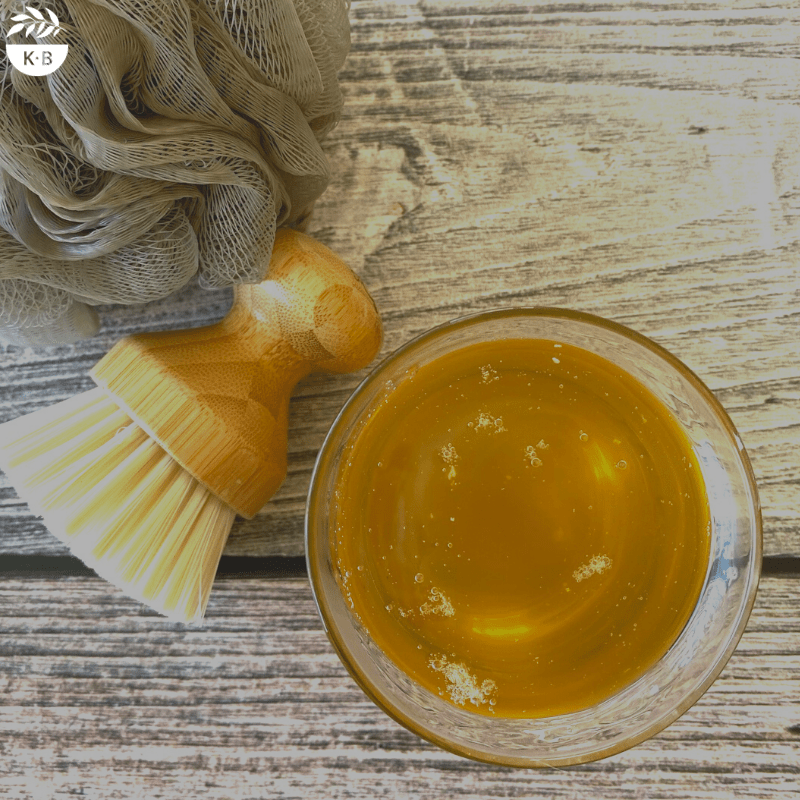



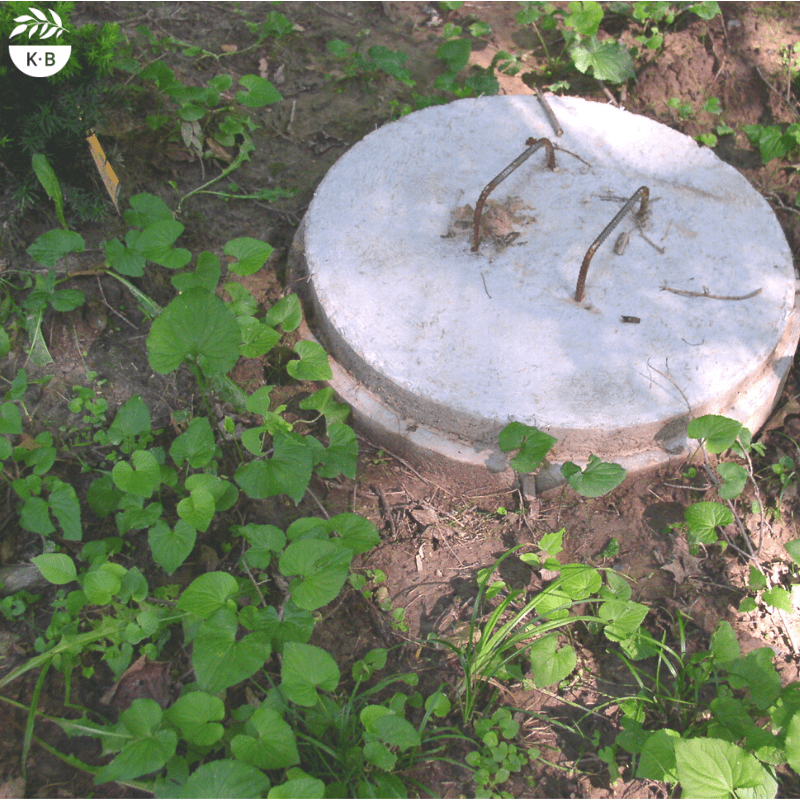
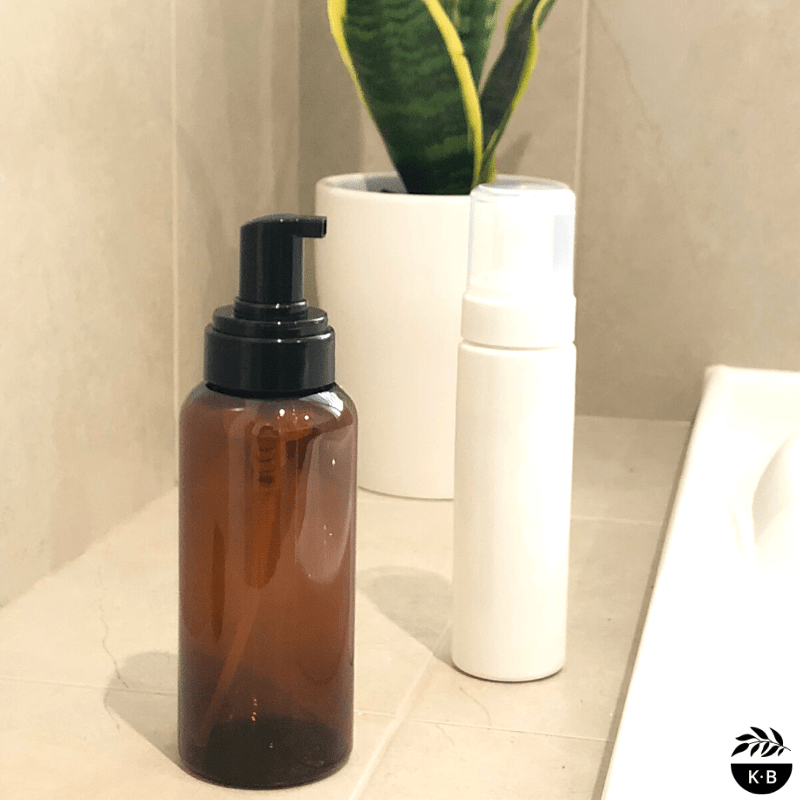
4 Comments
I do not want this evil poison around my pets, my disabled vulnerable son or me. How dare you lie to us by omission? How dare you poison us?
It’s not great, is it? I do hope we can create change soon.
Hi Kristy what would you recommend for an insect spray
Inside my home, I diffuse oils like citronella, lemongrass, lavender and patchouli. You can also add these oils to a spray bottle with water and a heavy pinch of salt, or to a carrier oil.